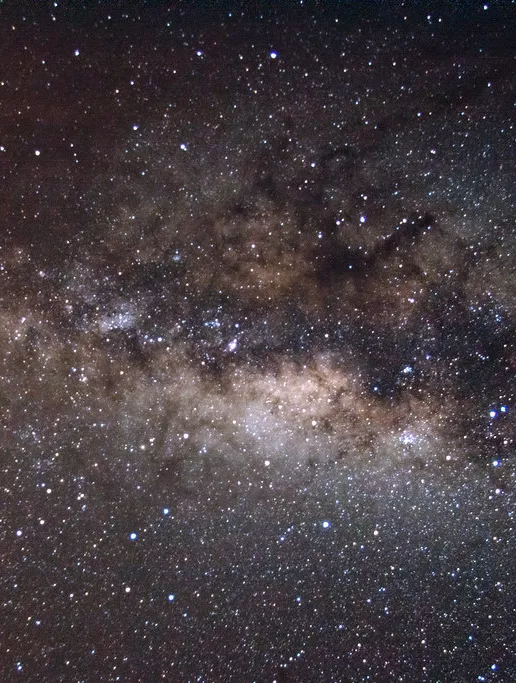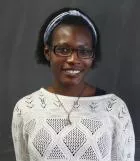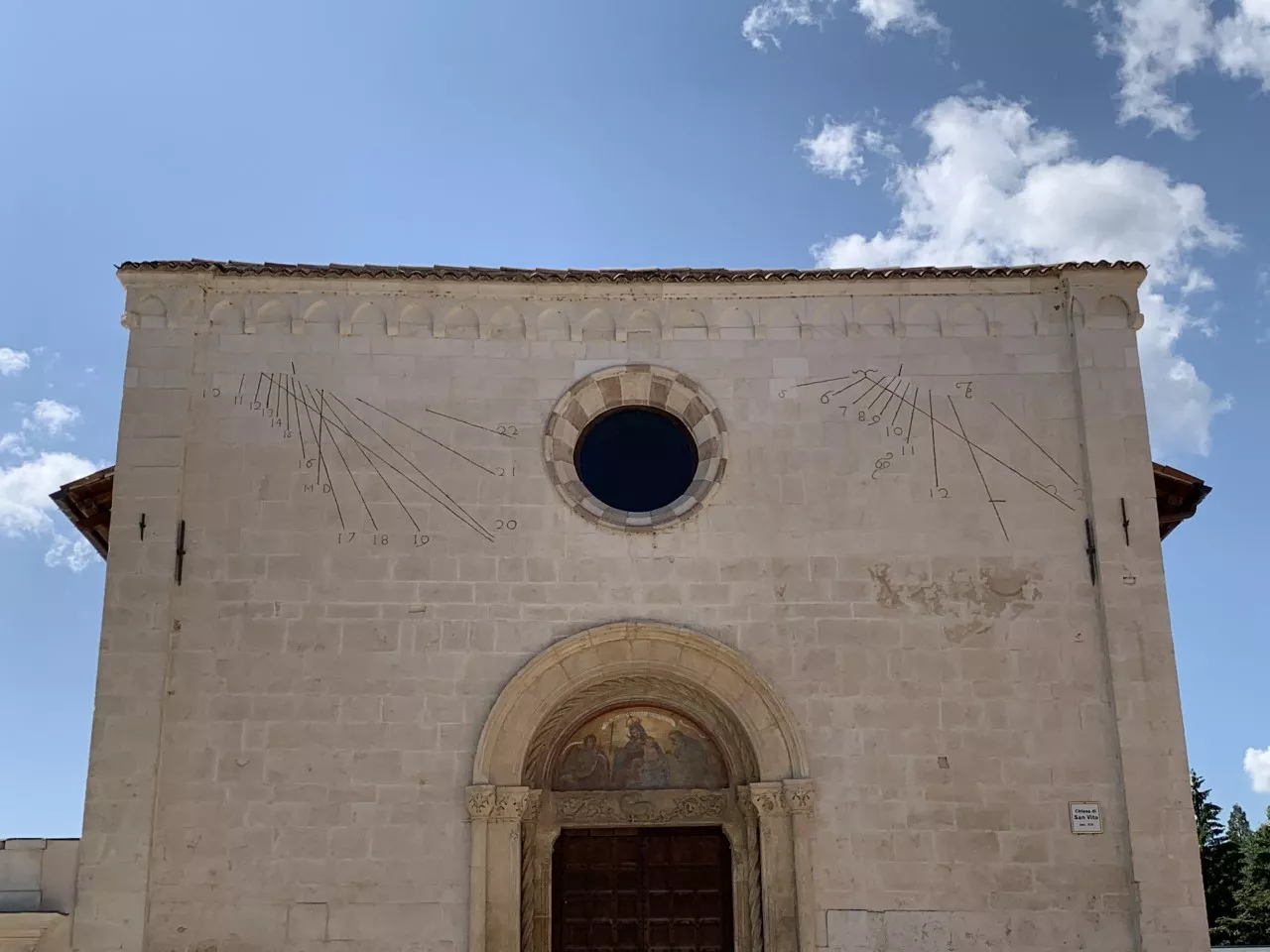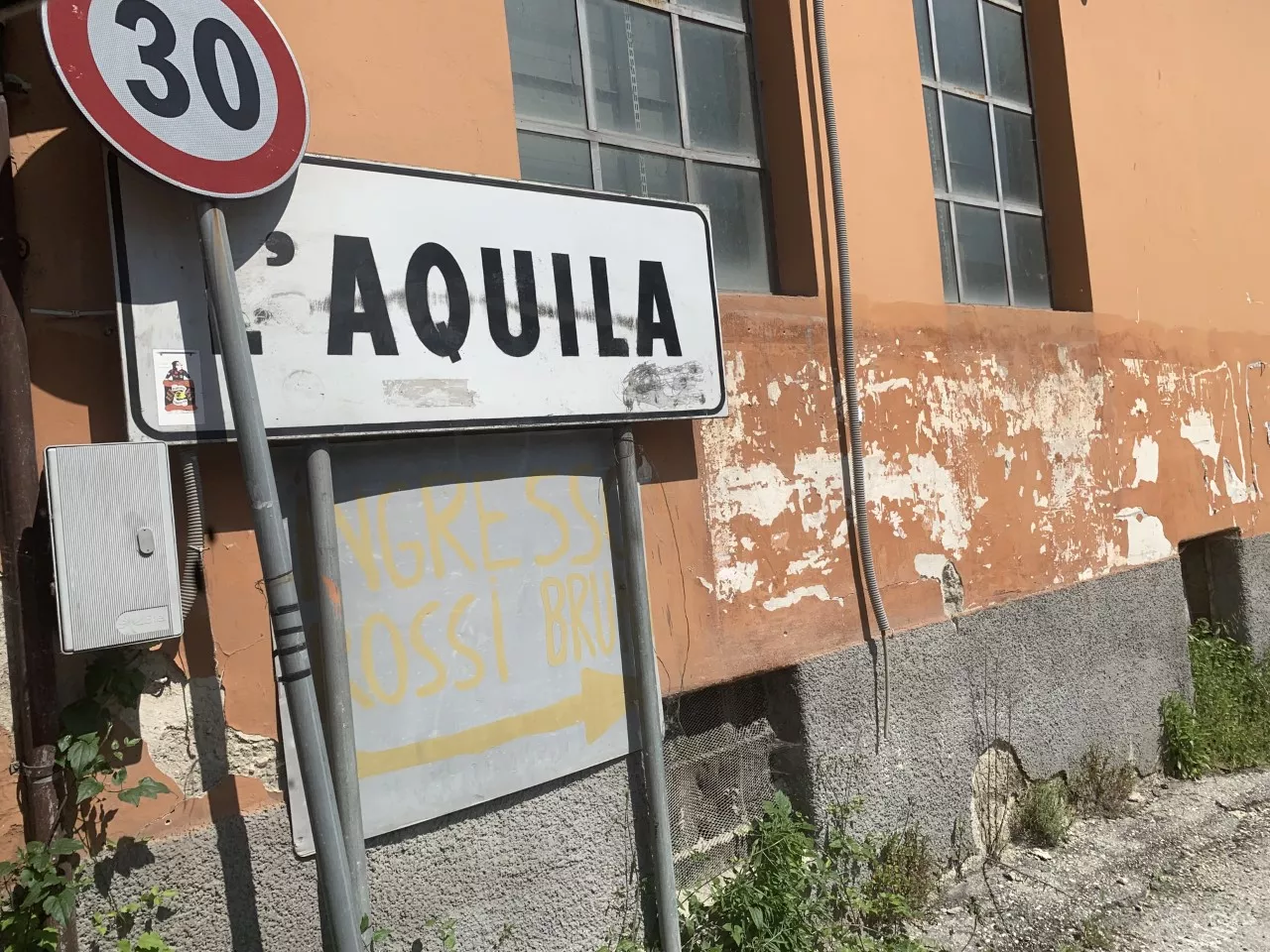
Have you ever fixated on the celestial sky on a clear night and wondered about the stars, seemingly immobile in their rotation around the Milky Way Galaxy? Physics graduate student Olivia McAuley has much to say as part of her ongoing research into the processes that influence the movement and position of stars within Milky Way-like galaxies via simulations. Her Ph.D. project focuses on a concept in astrophysics known as radial migration – the way in which stars can change their orbits around the galaxy.
This past June Olivia’s interest in astrometry took her to L’Aquila, Italy where she participated in the workshop “Space Astrometry for Astrophysics” at the International School of Space Science (ISSS) at the Gran Sasso Science Institute. The workshop drew together up to fifty young researchers to learn about the European Space Agency’s Gaia Project. Gaia’s mission is to make a three-dimensional map of the Milky Way Galaxy. This is the first project to attempt such an ambitious task.
The ISSS workshop involved one week of lectures, from June 3-7, by astrophysicists involved with Gaia. There participants heard talks about the methods of Gaia, the formation of the Milky Way galaxy, dark matter, galactic kinematics, spectroscopic methods of analysis, among many others. Dinners and social events also afforded Olivia and her peers the opportunity to network and exchange ideas.
Olivia’s participation in the ISSS workshop was a great complement to her research in stellar radial migration. Both Olivia’s dissertation and Gaia require processing massive datasets comprised of up to a billion stars, equivalent to those within our own galaxy. For Gaia, information about stars in the galaxy are collected through the use of various terrestrial telescopes and satellites in the Earth’s orbit. Olivia’s participation meant that she could gain hands on experience learning about the theoretical and observational perspectives that lead to the production of Gaia’s datasets.
For Olivia, understanding how to process big astrometric data is critical for investigating the migration of stars. Many factors influence the speed and migration of each individual star as they spin around this galactic axis. Olivia’s work involves looking at radial migration through the mathematical method known as Discrete Fourier Transform to study the number of the spiral arms in the disk around the galaxy - what is known as m-fold symmetry. Using a cutting-edge data set obtained through GASOLINE simulations, Olivia is building upon preexisting analytical and computational tools for tracing the migration of stars within the galaxy.
To process this data, Olivia is teaching herself the computational language Python which allows her to code positional information about the stars. While her research is labor intensive, she finds it very rewarding – opening new possibilities for discovery and bringing order to lesser understood aspects of the galaxy’s inner workings.


